The Best Spearmint Companion Plants That Will
The Best Spearmint Companion Plants That Will
Spearmint is a versatile herb that can be used in a variety of dishes, from salads to desserts. It is also a natural pest repellent, making it a valuable addition to any garden. When choosing companion plants for spearmint, it is important to consider the plant's growth habit and the needs of the other plants in the garden.
Spearmint is a fast-growing plant with aggressive roots. It can quickly take over a garden bed if not contained. For this reason, it is best to plant spearmint in a pot or raised bed. If you must plant spearmint in the ground, be sure to give it plenty of space to grow.
Spearmint prefers full sun to partial shade and moist, well-drained soil. It is a relatively low-maintenance plant, but it does require regular watering. Spearmint can be propagated from seed or cuttings.
When choosing companion plants for spearmint, look for plants that have similar growing conditions. Some good companion plants for spearmint include:
- Brassicas: Brassicas, such as broccoli, cabbage, and cauliflower, are a good choice for companion plants with spearmint. The strong scent of spearmint helps to repel pests that can damage brassicas, such as cabbage moths and root maggots.

- Carrots: Spearmint can also be planted near carrots to help deter the carrot fly. The carrot fly is a common pest that can damage carrots by laying its eggs near the roots. The strong scent of spearmint can help to confuse the carrot fly and prevent it from laying its eggs.
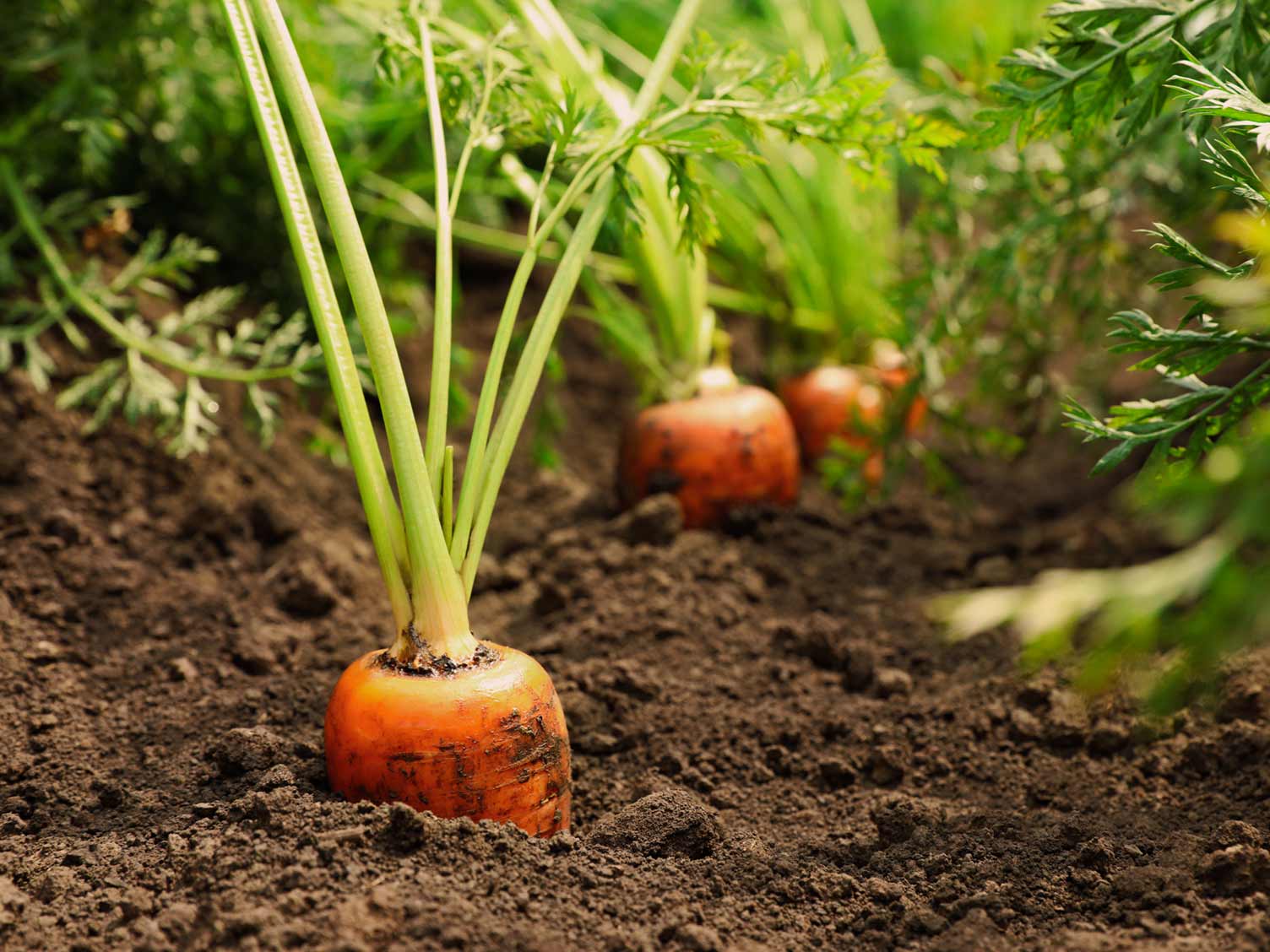
- Marigolds: Marigolds are another good companion plant for spearmint. Marigolds have a strong scent that can help to repel a variety of pests, including aphids, whiteflies, and spider mites. They can also help to improve the health of the soil by attracting beneficial insects.
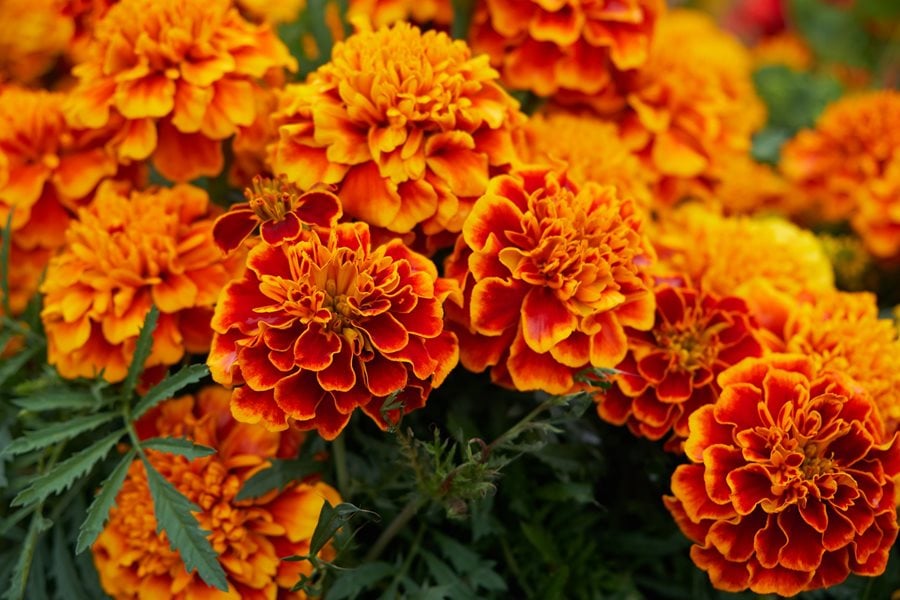
- Onions: Onions are a good companion plant for spearmint because they can help to repel the onion fly. The onion fly is a common pest that can damage onions by laying its eggs near the roots. The strong scent of spearmint can help to confuse the onion fly and prevent it from laying its eggs.
- Peas: Peas are a good companion plant for spearmint because they can help to improve the nitrogen content of the soil. Nitrogen is an important nutrient for plant growth, and peas can help to provide this nutrient to spearmint and other plants in the garden.
- Tomatoes: Tomatoes are a good companion plant for spearmint because they can help to repel pests such as aphids and spider mites. The strong scent of spearmint can help to confuse these pests and prevent them from attacking tomatoes.
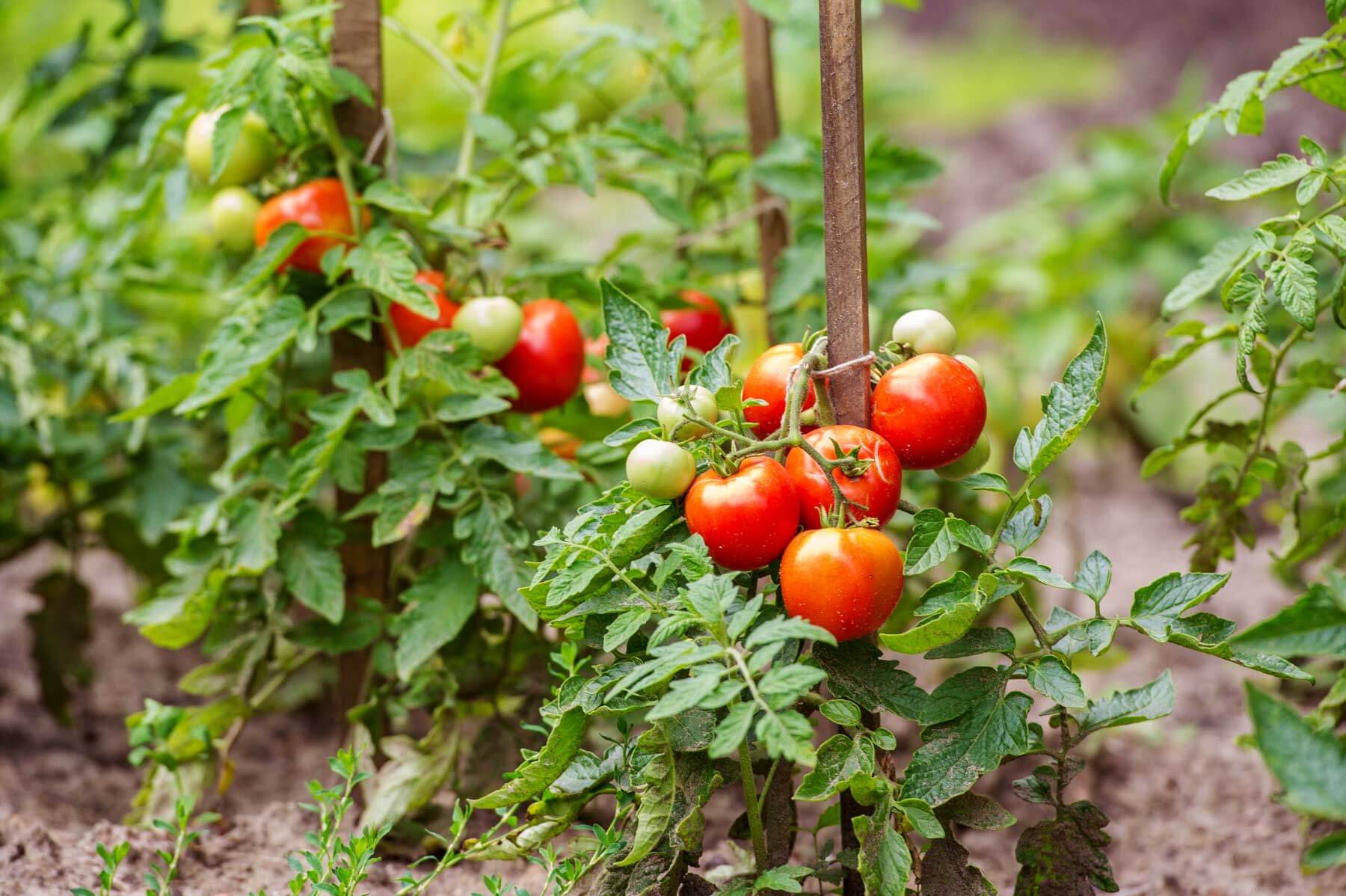
In addition to these plants, spearmint can also be planted near other herbs, such as basil, oregano, and cilantro. These herbs have similar growing conditions and can help to attract beneficial insects to the garden.
When planting spearmint with other plants, it is important to space the plants appropriately. Spearmint can quickly spread and crowd out other plants, so it is important to give it plenty of room to grow.
By planting spearmint with the right companion plants, you can create a healthy and productive garden. Spearmint is a versatile herb that can be used in a variety of ways, and its pest-repelling properties make it a valuable addition to any garden.
Spearmint is a versatile herb that can be used in a variety of dishes, but it's also a great companion plant for other vegetables and herbs. Here are a few of the best spearmint companion plants:
- Carrots: The strong scent of mint helps to deter carrot root flies, which can damage carrots.
- Brassicas: Mint can help to repel cabbage moths and other pests that target brassicas like broccoli, cabbage, and cauliflower.
- Onions: Mint and onions have complementary flavors, and they can also help to deter each other's pests.
- Marigolds: Marigolds are known for their insect-repelling properties, and they can help to keep mint plants free of pests.
- Roses: Mint can help to improve the health and growth of roses, and it can also help to repel pests like aphids.
For more information about spearmint companion plants, visit Gardenia Inspiration. This website has a comprehensive list of spearmint companion plants, as well as tips on how to plant and care for mint plants.
FAQ of spearmint companion plants
Question 1: What are some good companion plants for spearmint?
Answer: Spearmint is a relatively aggressive plant, so it's important to choose companion plants that won't be crowded out or overtaken. Some good options include:
- Carrots: The strong scent of spearmint can help to deter carrot fly, a common pest of carrots.
- Cabbage: Spearmint can help to improve the flavor of cabbage and other brassicas.
- Tomatoes: Spearmint can help to repel tomato hornworms and other pests.
- Radishes: The strong scent of spearmint can help to deter radish fly, a common pest of radishes.
- Basil: Basil and spearmint are both herbs that can repel pests and improve the flavor of other plants.
Question 2: What are some plants that I should avoid planting near spearmint?
Answer: Spearmint can be somewhat invasive, so it's important to avoid planting it near plants that are sensitive to its roots. Some plants that you should avoid planting near spearmint include:
- Peas: The roots of spearmint can produce a chemical that can inhibit the growth of peas.
- Beans: The roots of spearmint can produce a chemical that can inhibit the nitrogen-fixing bacteria that live in the roots of beans.
- Potatoes: The roots of spearmint can produce a chemical that can make potatoes taste bitter.
- Grapefruit: The roots of spearmint can produce a chemical that can inhibit the growth of grapefruit trees.
- Roses: The roots of spearmint can produce a chemical that can make roses more susceptible to disease.
Question 3: How do I start spearmint seeds indoors?
Answer: To start spearmint seeds indoors, sow them 1/4 inch deep in a pot of well-draining potting mix. Keep the soil moist and the temperature around 70 degrees Fahrenheit. Germination should occur in 7-14 days. Once the seedlings have developed two sets of true leaves, transplant them to individual pots or to the garden.
Question 4: How do I care for spearmint plants?
Answer: Spearmint plants are relatively easy to care for. They need full sun and well-drained soil. Water them regularly, especially during hot weather. Spearmint plants can be propagated by division or by rooting cuttings.
Question 5: How do I harvest spearmint leaves?
Answer: You can harvest spearmint leaves at any time, but the leaves are most flavorful when the plant is in full bloom. To harvest the leaves, simply snip them off with a pair of scissors or shears. You can use the leaves fresh or dry them for later use.
Image of spearmint companion plants
- Carrots: The strong scent of spearmint can help deter carrot flies, which are a common pest of carrots.
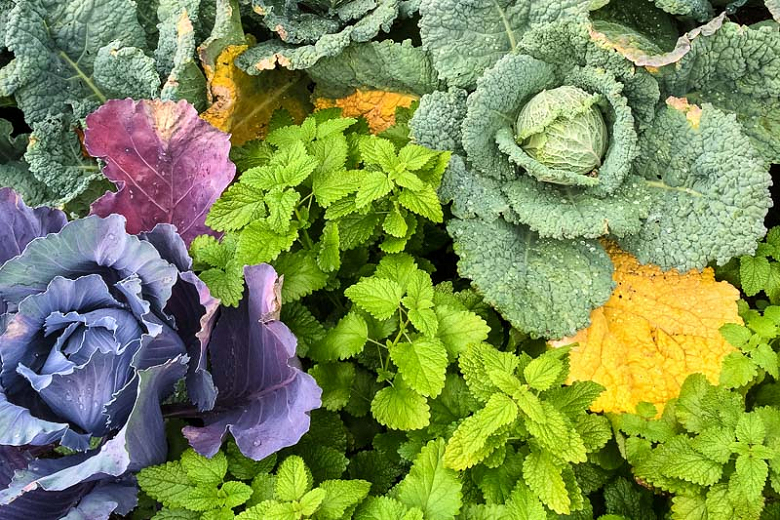
- Basil: Spearmint and basil are both herbs that are known for their strong scents. When planted together, they can help to repel pests and attract beneficial insects.
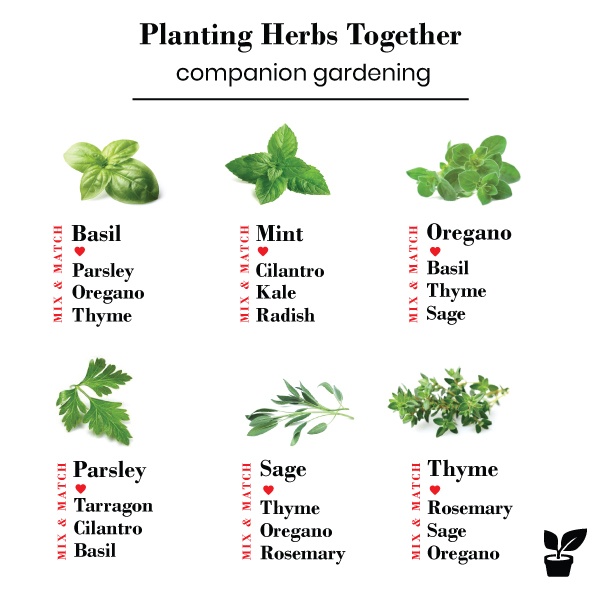
- Onions: Like carrots, onions are also susceptible to carrot flies. Planting them near spearmint can help to keep these pests away.

- Tomatoes: Spearmint can help to improve the flavor of tomatoes by reducing the acidity of the soil. It can also help to deter pests such as aphids and whiteflies.
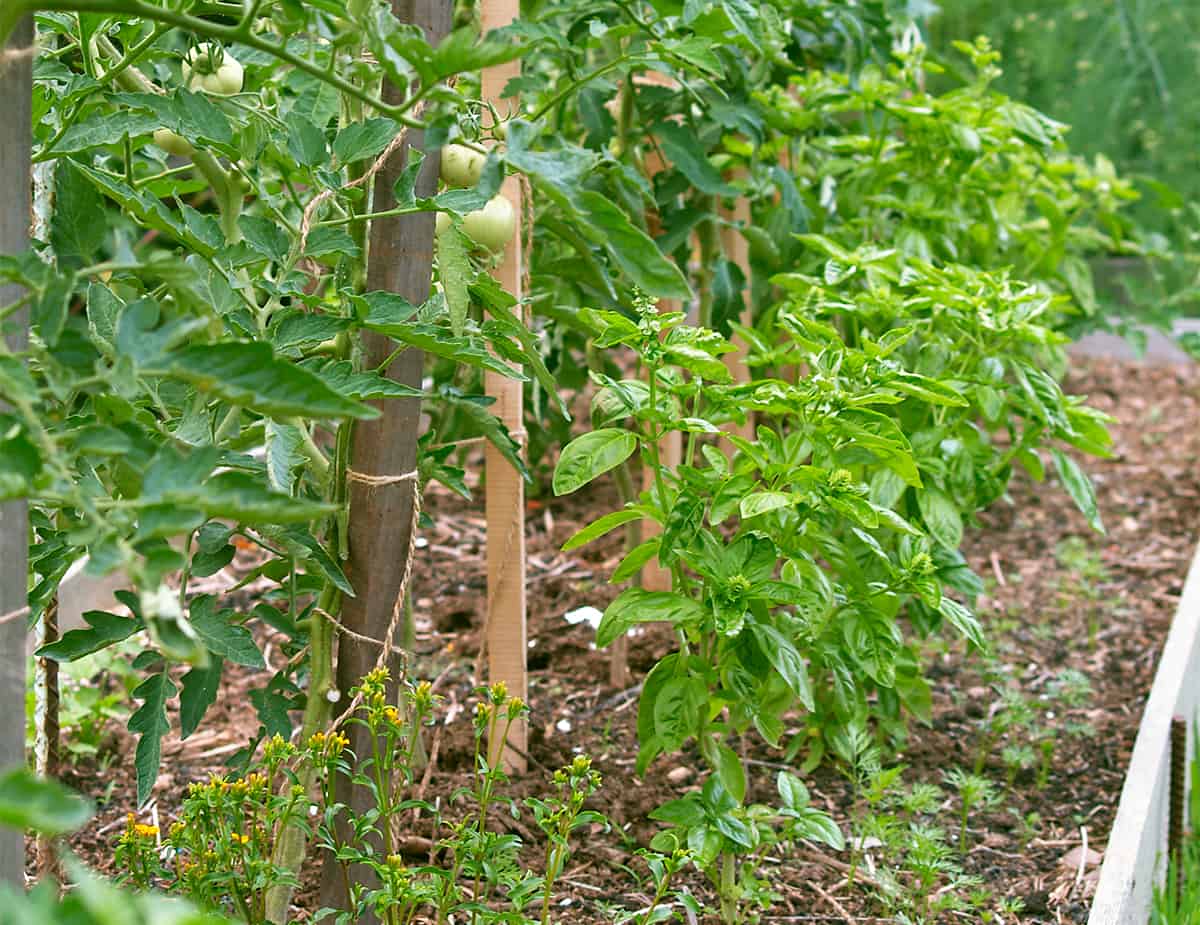
- Peas: Spearmint can help to improve the growth of peas by attracting beneficial insects such as ladybugs and hoverflies.

Post a Comment for "The Best Spearmint Companion Plants That Will"